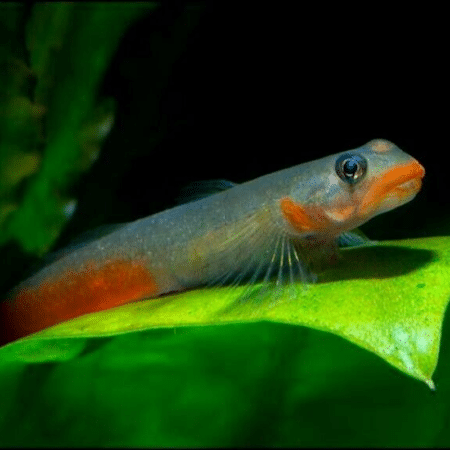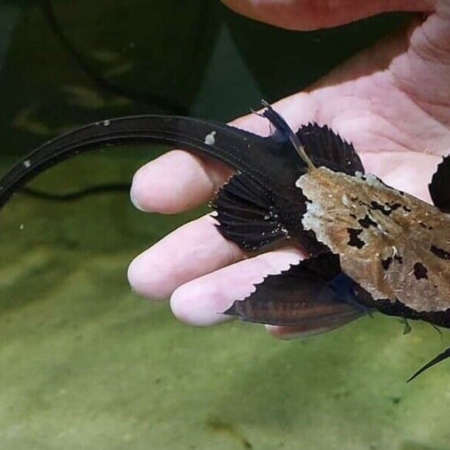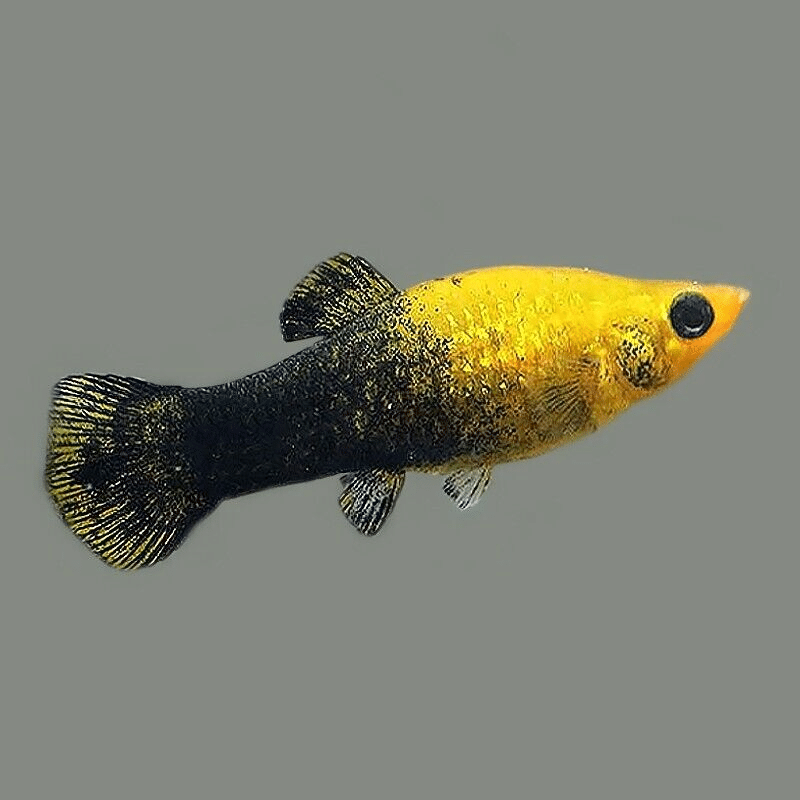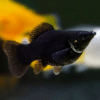-
×
-
×
-
×
-
×
Red Devil Vampire Crab - Geosesarma Hagen - Decapod Crustacean 1 × £8.71
-
×
-
×
-
×
-
×
-
×
-
×
-
×
-
×
-
×
-
×
-
×
Assorted Colour Vampire Crab Geosesarma Sp 2-3Cm 1 × £8.71
Subtotal: £551.61




 Red Devil Vampire Crab - Geosesarma Hagen - Decapod Crustacean
Red Devil Vampire Crab - Geosesarma Hagen - Decapod Crustacean 









 Assorted Colour Vampire Crab Geosesarma Sp 2-3Cm
Assorted Colour Vampire Crab Geosesarma Sp 2-3Cm 










Emily Carter (verified owner) –
I recently added these 10 Gold Black Mollies to my 55-gallon tank, and I couldn’t be happier! As a caring fish parent, the health and happiness of my fish are my top priorities, and these livebearers did not disappoint. They arrived in perfect condition just two days after I ordered them, clearly well-packaged and stress-free.
After a week of acclimation, I noticed their beautiful colors really started to shine. The males display such vibrant yellow and black patterns, and their social behavior has been delightful to observe. Compared to other freshwater fish I’ve kept, these mollies are so lively and interact well with my other tank mates.
While they are a bit on the smaller side—around 1.5 inches when they arrived—they quickly adapted and started exploring their new environment. A small concern I had was that they can be a bit shy at first, but with some patience and plenty of hiding spots, they blossomed beautifully.
I highly recommend these mollies to fellow aquarists, especially those looking to add a splash of color and personality to their tanks. They thrive in a well-maintained environment, and if you’re looking for tropical fish that are easy-going, these are the ones! I’m already considering ordering more for my breeding project. You won’t regret it!
Emily Carter (verified owner) –
I recently purchased 10 Gold Black Mollies, and I couldn’t be happier with my decision! As a caring fish parent, I prioritize the health and happiness of my aquatic friends, and these mollies have brought so much life to my freshwater aquarium. They settled in beautifully within a week, and I’ve noticed their vibrant colors becoming even more pronounced as they adapt to their new home.
These tropical fish are not only stunning to look at, but they also have such lively personalities! They swim around together in a delightful school, and it’s a joy to watch them interact. Compared to other livebearers I’ve kept in the past, these mollies are more social and less shy, which has made a huge difference in my tank’s atmosphere.
I did have a slight concern initially about their feeding—some were hesitant at first—but they quickly caught on to the feeding routine after a few days. If you’re a beginner aquarist or looking to add some vibrant community fish to your setup, I highly recommend these Gold Black Mollies! They truly make an aquarium feel more vibrant and alive. Plus, they arrived promptly and healthy, which speaks volumes about the seller’s commitment to fish welfare. Would definitely buy again!
Emily Carter (verified owner) –
I recently purchased 10 Gold Black Mollies, and I couldn’t be happier with my decision! These beautiful freshwater fish have added so much life to my aquarium. I’ve had them for about three weeks now, and they are thriving! Their colors are absolutely stunning, particularly the black and gold contrast, which really pops against the plants in my tank.
I appreciate that they are schooling fish, so watching them swim together is both calming and entertaining. I’ve noticed they get along wonderfully with my other inhabitants, which is a huge plus for anyone looking to create a peaceful community tank.
The shipping was prompt, and they arrived healthy and lively. I took care to acclimate them slowly, which I recommend for anyone new to fishkeeping. The only minor concern is that they can be a bit shy initially; they took a couple of days to fully explore their new home. However, that’s typical for many fish, and they quickly gained confidence!
I absolutely recommend these mollies for anyone looking to brighten up their freshwater aquarium. They are perfect for both beginners and experienced enthusiasts alike. The joy they bring is priceless, and I can’t wait to watch them grow even more!